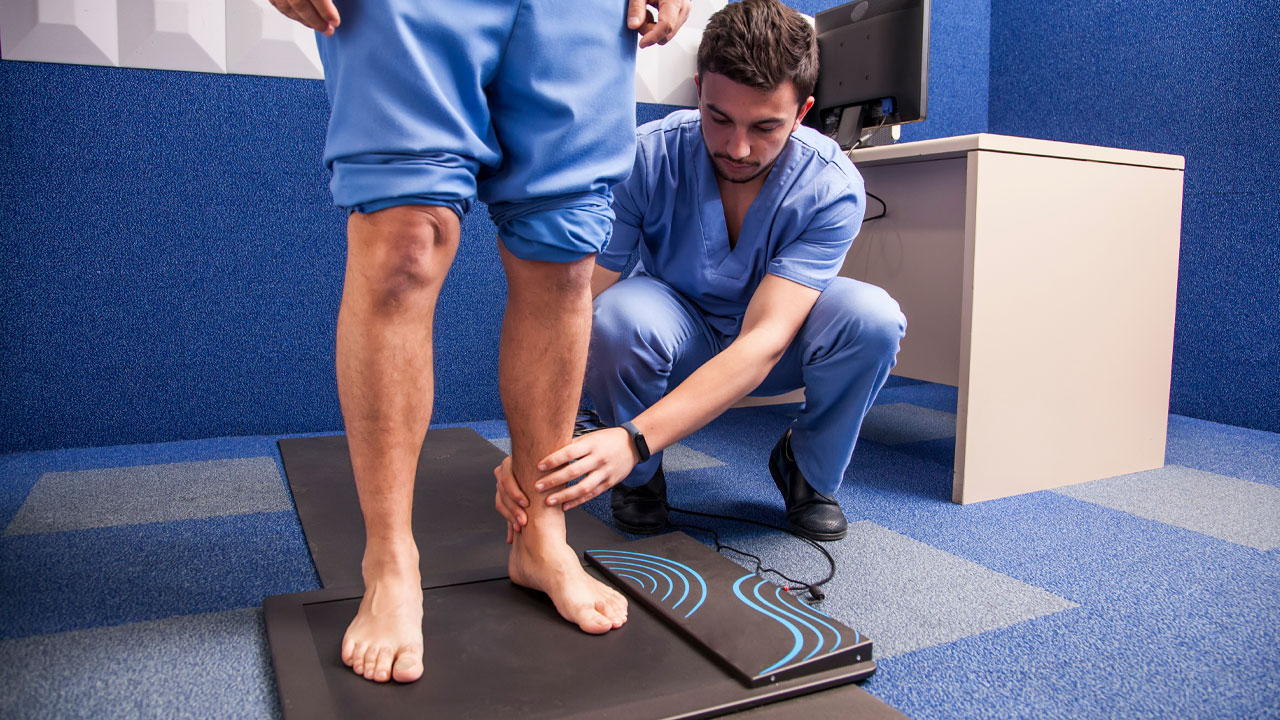Podiatrist Tips for a Better Walking Routine

Hey Angels and Alphas,
Whether you’re interested in weight loss or just staying healthy, there’s no doubt about it: walking is good for you.
Daily walks can improve your mood, increase bone density, lower blood pressure, and so much more. They’re also a great way to kickstart your weight loss routine or ease back into training after some time off the gym.
Unfortunately, walking injuries can happen, and if you’re one of those people that take walks religiously, there are definitely some things you need to know and beware of so you’re staying as productive and healthy throughout the process.
Most problems and pain with the feet start off small. That’s why you have to stop them before they grow into injuries and traumas. You’ll save yourself countless days of recovery in the long term.
Let’s take a look at what expert podiatrists have to say about improving foot health, staying injury-free, and making the most out of your walking routine.
#1 YOUR SHOES MAKE ALL THE DIFFERENCE
If you’ve been walking in your old floppy sandals or worn-out sneakers, listen up. Nothing is more important in walking than having supportive shoes with a healthy arch. Regardless of the walking terrain, your foot is always adjusting to uneven ground. When you have good shoes, you’ll support your natural foot arch and help yourself walk easily and effectively.
So how can you tell if a shoe will do a good job? Try to take out the insert alone (they’re removable in most shoes.) It should have a built-up section where the arch in your foot is. Then, look at the sole of the shoe. It shouldn’t be just completely flat but should have a thickening of the inside around the sole at the arch.
And you can always tell how supportive a shoe is by the feel. When you first put on a supportive shoe, your feet will feel like there’s no pressure on the ball or the heel.
#2 DON’T DO TOO MUCH TOO FAST IF YOU’RE JUST STARTING OUT
Beginners should always take it slow and increase their distance over time. This is all the more true if you’re taking up outdoor walks. Walking outside is refreshing, yes, but it also has varying terrains such as hills, curbs, cracks, and more. It takes your body some time to get used to this.
Even if you can walk 5 miles on a treadmill without much effort, walking 5 miles outside is going to be (and feel) much different, and it’s going to take a different toll on your feet.
#3 NEVER IGNORE FOOT PAIN
As with any exercise, I always advise people to get a feel for their body first. If something is hurting you, you need to listen to that pain before it gets any worse. Countless patients of podiatrists say they’ve been experiencing pain for the longest time before they actually go get checked out. And there isn’t always an easy fix.
A small pain in the foot can’t just be fixed as fast as you would like. That’s why if you’re experiencing any foot pain whatsoever, you should get it checked out immediately.
By not allowing it to linger and get any worse, you’re giving yourself the best chance of fixing it quickly. Untreated foot issues can spread to other areas of the body, and when the problem gets bigger, this takes a toll on your entire physique.
#4 PAY ATTENTION TO THE TERRAIN YOU’RE WALKING ON
Sometimes, your walking habits can impact your feet in ways you can’t expect. Do you always walk on the left side of the road? Try a different direction. If your ankle starts tilting slightly when the road tilts, and if you’re always crossing the same paths going the same direction, you can get overuse injuries on either side of your body.
#5 KEEP AN EYE OUT FOR YOUR HEELS
One of the most common foot problems is something called plantar fasciitis. It’s caused by a tight cord on the bottom of your feet, also known as the plantar fascia. This tight cord causes a pulling effect on your heel and your arch, causing a lot of pain as a result. One of the best ways to prevent this problem is to just ensure you’re wearing high-quality shoes with good support.
Some experts also recommend adding insoles to your shoes when you’re going for long walks. They’re available everywhere, and you can usually find them at pharmacies.





